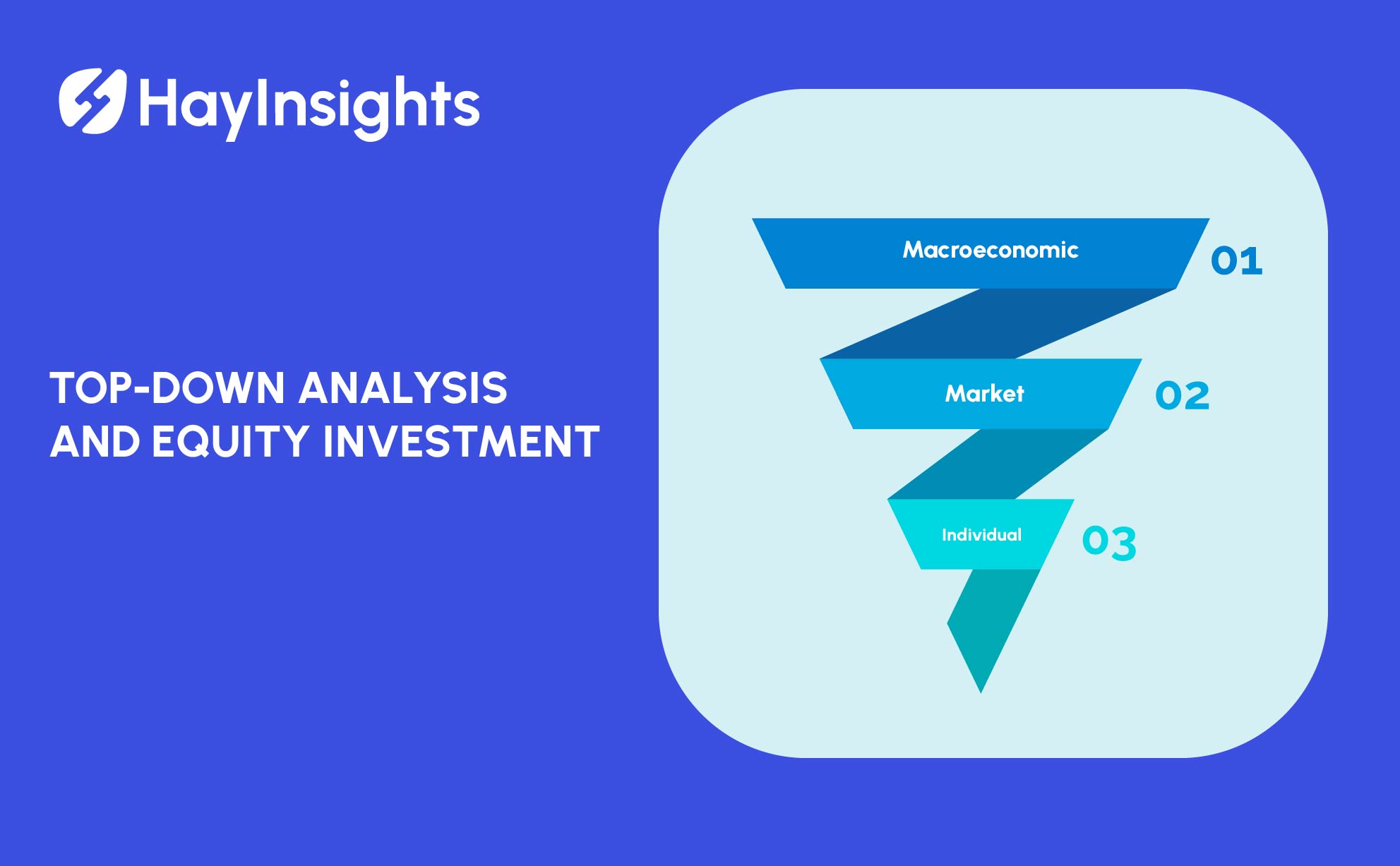
Fund Management Strategies in Japan 2024: a Unique Landscape
Fund management strategies in Japan have evolved significantly over the years, reflecting both global trends and the distinct characteristics of Japan’s economy and markets. The combination of a highly developed but aging economy, a historically conservative investment culture, and more recent innovations in financial products has shaped how fund managers operate in this unique environment.
This article explores the major fund management strategies used in Japan, shedding light on both the traditional approaches and the more innovative, forward-looking strategies shaping the country’s investment landscape today.
1. Understanding Japan’s Economic Landscape
Japan’s investment environment is deeply rooted in the country’s macroeconomic conditions and demographic trends. As the third-largest economy in the world, Japan presents opportunities, but it is also characterized by challenges such as low interest rates, sluggish economic growth, and an aging population. Understanding these factors is crucial for fund managers when designing investment strategies.
- Low Interest Rates and Deflationary Pressures: For years, Japan’s central bank has maintained near-zero interest rates, making fixed-income investments less attractive. This has forced fund managers to look beyond traditional bonds for yield.
- Aging Population: With one of the world’s most rapidly aging populations, Japan’s domestic market has a high demand for income-generating products, especially among retirees seeking to preserve capital.
- Global Export Powerhouse: Many Japanese companies, particularly in industries like automotive, technology, and manufacturing, have significant global reach. This opens up growth opportunities for funds exposed to global markets while still holding domestic assets.
2. Active vs. Passive Fund Management in Japan
- Active Management: Active fund management in Japan is prevalent, especially among domestic equity funds. Fund managers rely heavily on in-depth analysis of Japanese corporations, industry trends, and macroeconomic factors to outperform market benchmarks such as the Nikkei 225 or the Topix. Japan’s large number of family-owned and long-established companies make it a fertile ground for fundamental stock picking.Many active managers focus on identifying undervalued stocks, a strategy that works well in Japan’s sometimes undervalued equity markets. This involves extensive research into company management, sector-specific growth potential, and economic policy shifts (such as “Abenomics,” the economic reforms introduced under former Prime Minister Shinzo Abe).
- Passive Management: While active management has long been dominant, passive investing strategies have gained momentum. Index funds and Exchange-Traded Funds (ETFs) that track the Nikkei 225 or broader Topix index have grown in popularity, as Japanese investors seek low-cost, diversified exposure to the stock market.
3. Growth vs. Value Investing
- Growth Investing: Growth-oriented fund managers in Japan typically focus on sectors that are positioned to benefit from emerging global trends, such as technology and healthcare. The technological innovation coming from Japanese conglomerates and smaller tech firms offers substantial growth opportunities. However, the volatility in these sectors requires managers to maintain a long-term horizon to capture sustained returns.
- Value Investing: Japan has been a haven for value investors due to the prevalence of undervalued companies, especially after the bursting of Japan’s asset price bubble in the 1990s. Many Japanese firms have substantial cash reserves and low price-to-book ratios, making them attractive to value investors. Fund managers in this space look for companies trading below intrinsic value, often targeting industries like traditional manufacturing, automotive, and banking.
4. Domestic vs. Global Investment Strategies
- Domestic-Focused Strategies: Historically, many Japanese fund managers focused on domestic investments, favoring local equities, bonds, and real estate. A key characteristic of this strategy is its defensive nature, driven by conservative investors seeking stability. Many domestic funds prioritize dividend-paying stocks, targeting companies with strong balance sheets that can deliver steady cash flow to investors.Japanese government bonds (JGBs) have also been a staple for more conservative portfolios, despite their low yields. This preference for safety stems from the country’s traditionally risk-averse investor base.
- Global Exposure: As Japan’s economy has matured, many fund managers have sought opportunities abroad. Global diversification strategies are increasingly popular, particularly in response to Japan’s low-growth environment and demographic challenges. Japanese investors and fund managers have begun allocating more capital to international equities, bonds, and alternative investments.Hedged Global Funds have been particularly successful in Japan. These funds offer exposure to foreign assets while using currency hedging to mitigate the risks of the yen’s volatility. In a globalized economy, where Japanese companies are also major exporters, funds that balance domestic and international holdings are increasingly in demand.
5. ESG and Thematic Investing in Japan
Environmental, Social, and Governance (ESG) investing is gaining momentum in Japan, paralleling a global trend where socially responsible investing is becoming mainstream. Fund managers are incorporating ESG criteria to meet growing investor demand for sustainability-focused investments.
The Japanese government’s promotion of environmental initiatives, such as carbon reduction targets and the development of renewable energy, has created a fertile ground for ESG-focused strategies. Companies that align with these objectives, particularly those in the renewable energy sector, are drawing increased attention from fund managers.
Thematic Funds, which concentrate on broader economic trends such as technological innovation, clean energy, and demographic shifts (e.g., aging populations), are also on the rise. Japan’s focus on robotics, automation, and healthcare technology creates significant opportunities for thematic investors.
6. Conservative Income Strategies
With an aging population, there is a strong demand for income-focused fund management strategies in Japan. These strategies typically prioritize the preservation of capital while generating consistent income through dividends and interest.
Dividend-Oriented Funds are a common tool, focusing on Japanese companies with a strong history of paying dividends. Additionally, REITs (Real Estate Investment Trusts), which are popular among Japanese investors for their relatively high and stable yields, provide exposure to the country’s real estate market while offering steady income streams.
Japanese retirees, who often prioritize capital preservation, are drawn to such income-focused funds, which can supplement pension incomes with relatively low risk.
7. Hedge Fund Strategies in Japan
Japan has historically been a target market for global hedge funds, with strategies like long/short equity gaining popularity. The aim is to exploit the inefficiencies in the Japanese stock market, where many companies trade below their intrinsic value.
Event-driven hedge funds have also capitalized on corporate governance reforms in Japan, which have driven increased M&A activity and restructuring efforts in large corporations. These reforms, supported by government policies aimed at improving corporate transparency and efficiency, have made Japan an attractive market for sophisticated investors looking for arbitrage opportunities.
8. Quantitative and Algorithmic Investing
The advent of quantitative and algorithmic strategies is gaining traction in Japan, particularly among institutional investors. These strategies leverage data-driven models and advanced algorithms to identify investment opportunities and manage risks in real-time.
With a wealth of historical financial data and a relatively stable market environment, quantitative funds can identify patterns and inefficiencies in Japanese markets, enabling managers to exploit short-term market fluctuations with precision.
Conclusion
Fund management strategies in Japan are diverse, ranging from conservative income-focused approaches to cutting-edge quantitative methods. While traditional strategies remain prevalent due to Japan’s economic characteristics and demographics, global diversification, ESG considerations, and more innovative themes are increasingly shaping the future of the fund management industry.
Fund managers in Japan face a unique set of challenges but also enjoy significant opportunities, both domestically and internationally. By understanding the evolving landscape and leveraging the right strategies, fund managers can continue to generate returns for their clients while adapting to Japan’s distinct economic environment.













